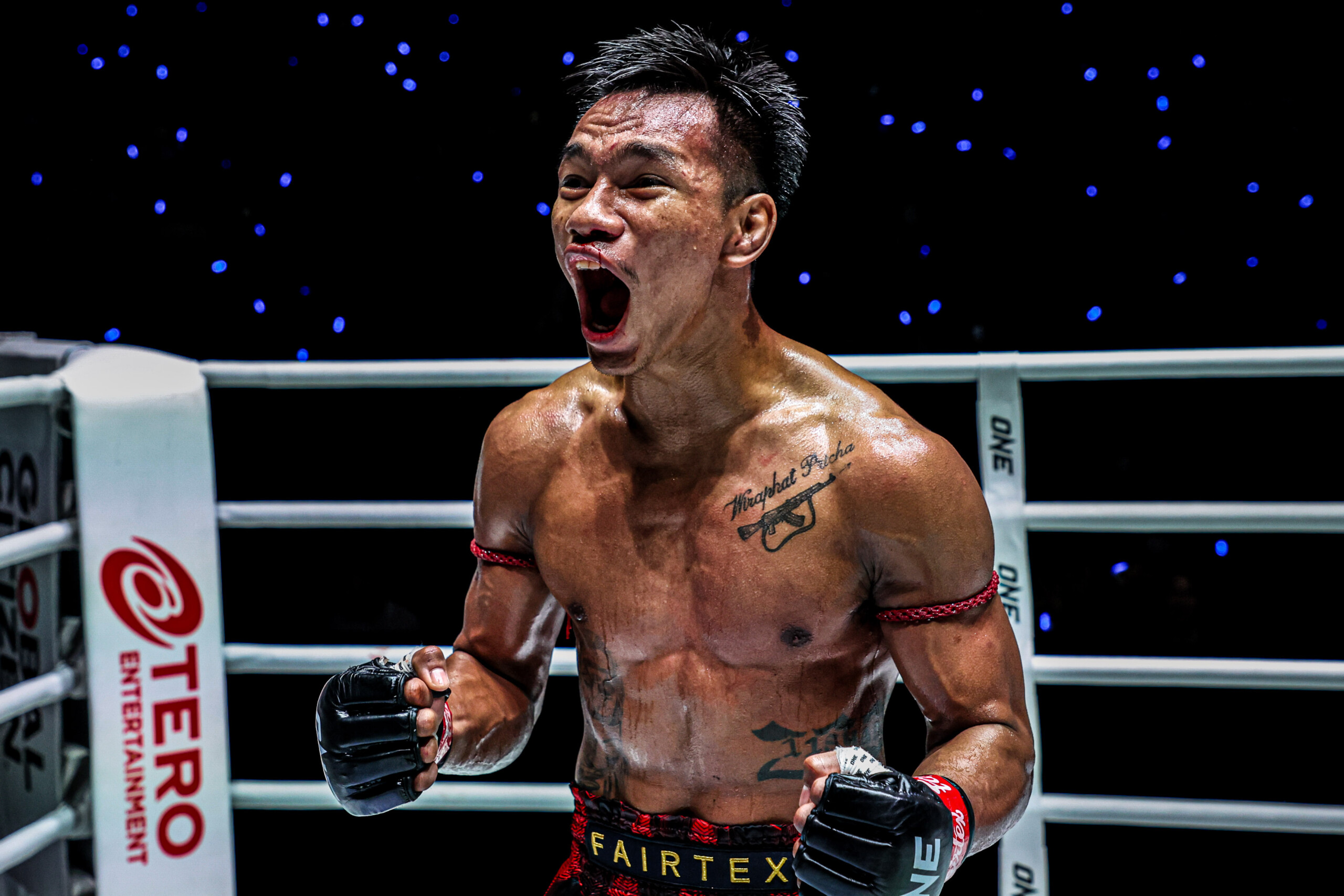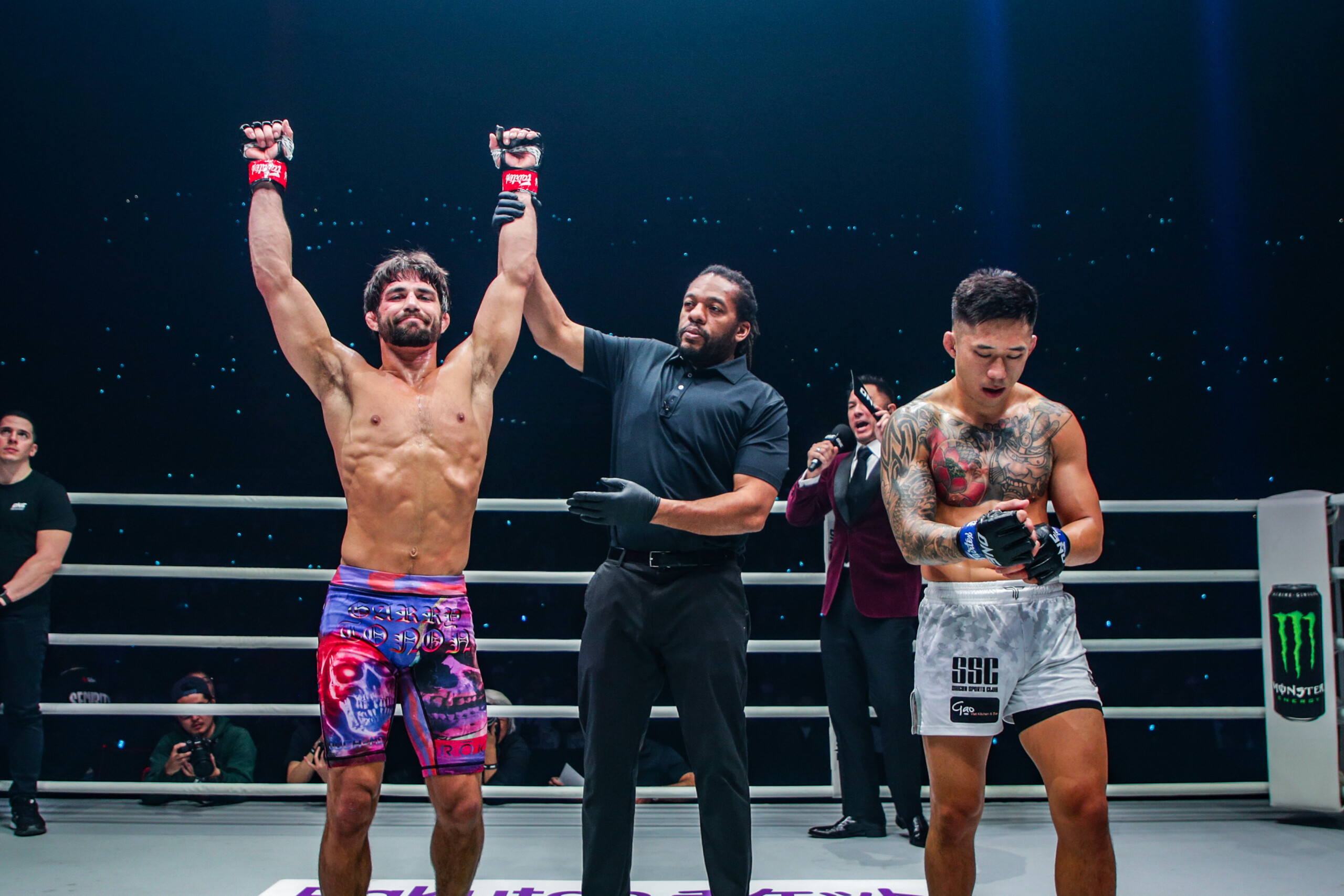What Makes Dutch Kickboxing Different From Other Striking Arts?

Think of kickboxing first. Then add lethal low kicks and heavy hands. Drop in spinning back fists, explosive power, and non-stop aggression.
What you get is Dutch kickboxing, one of the most popular striking arts from one of the smallest regions in the world.
The martial art was made popular in the 1990s and 2000s, when out of 19 Kickboxing World Grand Prix Championships, the Dutch produced 15 titleholders.
But what separates Dutch kickboxing from other stand-up martial arts? Is it the style? Is it the training? Is it the philosophy? Or is it a mix of all three?
The Beginning Of Dutch Kickboxing

Kickboxing in the Netherlands started in the 1970s after Dutchmen traveled to Japan to learn Japanese kickboxing, which was a mix of Kyokushin karate and Muay Thai.
When the Dutch returned home, they began teaching what they learned in “The Land Of The Rising Sun.”
Over the years, they further refined the style by incorporating more Muay Thai and Western boxing techniques. What emerged was the Dutch kickboxing style.
Dutch Kickboxing Style

Dutch kickboxing, unlike American kickboxing, incorporates techniques from three martial arts: Kyokushin karate, Western boxing, and Muay Thai.
Athletes schooled in the martial art of the Netherlands use Kyokushin-style kicks to the legs, head, and body to attack their opponents. This differs from the western variant, where kickboxers are not allowed to kick below the waist.
When most people think of kickboxing, they think of kicks. However, the Dutch have a strong reputation for mixing boxing into their art form as well. They use punching combinations to create holes in their opponent’s defense and follow in for explosive finishes.
- Why Martial Arts Is The Perfect Hobby
- Get Ripped With Rich Franklin’s Home Workout Plan
- The 7 Best Martial Arts For Self-Defense
Nieky “The Natural” Holzken showed just how dangerous Dutch boxing could be when he knocked out Cosmo Alexandre with an uppercut in round two of their November 2018 showdown at ONE: WARRIOR’S DREAM in Jakarta, Indonesia.
Dutch martial artists also use techniques from Muay Thai. Jumping knees and front kicks are some of the most fearsome strikes they possess.
The way the Dutch have incorporated these three arts into their kickboxing is what separates their style from other forms of stand-up combat. That is not the only thing, however.
Training Like A Netherlander

Training also separates Dutch kickboxing from other kickboxing styles.
Although they incorporate a lot of Muay Thai techniques into their skill set, they typically spar harder than the Thais. Thais call their sparring len cheng, or play sparring. But the Dutch prepare for their bouts with a little more oomph and aren’t afraid to turn things up.
Because they go harder than usual during training and sparring sessions, this makes Dutch kickboxers some of the more calloused martial artists in the world.
Also, as opposed to Thai boxers, who work a variety of drills on the pads with their trainers, Dutch kickboxers often repeat the same drills over and over again. These drills can be up to six techniques long – sometimes more – and help practitioners internalize their skills.
Dutch Kickboxing Philosophy

Most traditional martial arts have a philosophy behind them.
In Muay Thai, for example, nak muay mix customs into their training and competition. But kickboxing from the Netherlands does not have an overarching philosophy.
The same way Dutch kickboxing is an amalgamation of striking arts, the philosophy of the sport is a combination of personal beliefs. However, at the core of that thinking, only one thing is certain for students of the game – “if it ain’t Dutch, it ain’t much.”
Fans all across the globe will be able to see this beautiful art form on full display when ONE Lightweight Kickboxing World Champion Regian “The Immortal” Eersel defends his crown against Holzken in the co-main event of ONE: DAWN OF VALOR in the Indonesian capital on Friday, 25 October.



















